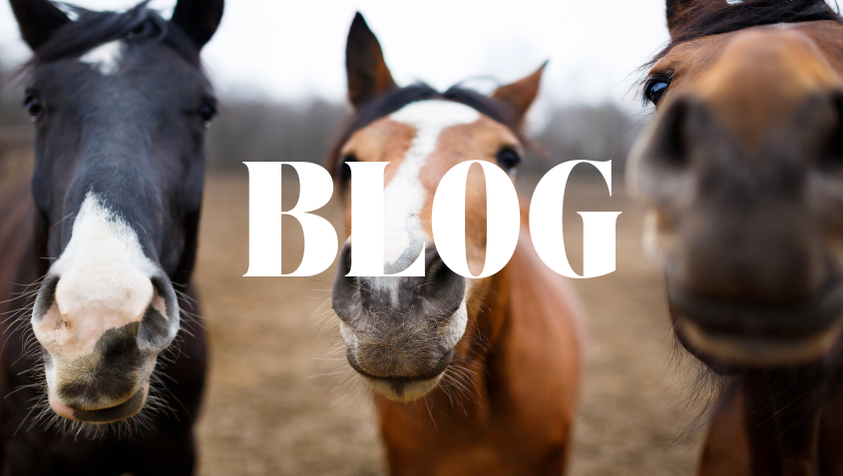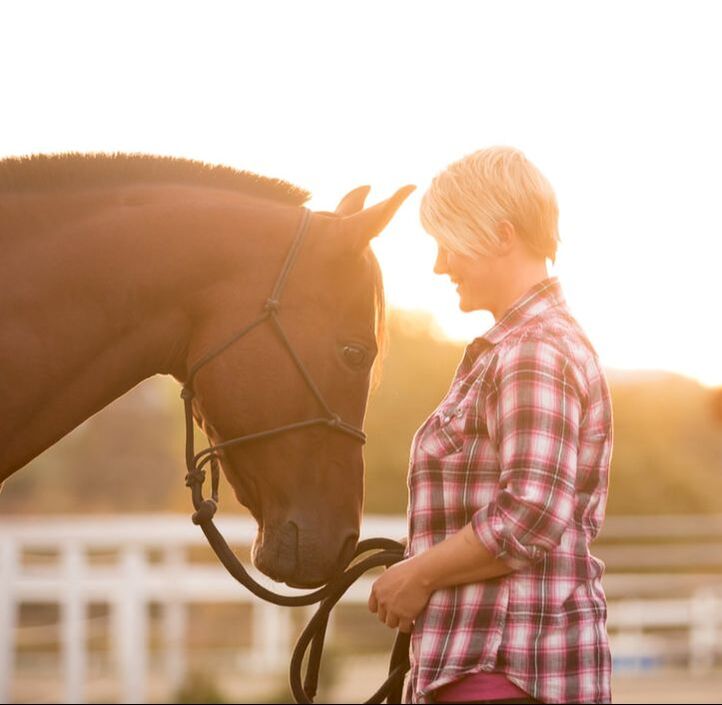|
Product Application Video - Sole Cleanse, Artimud, and Hoof Stuff Thrush is a common hoof condition in horses that affects the frog and can have serious consequences to the health of the hoof. It is caused by a fungal and/or bacterial infection and is more common during wetter weather. Thrush can create a foul-smelling chalkiness on the frog and in the collateral grooves, and can impact the shape and size of the frog. In severe cases thrush can infect the digital cushion of the hoof, this is a sensitive, shock absorbing structure in the rear of the hoof that is responsible for dissipating the impact vibrations during movement!
Here's some helpful information on the symptoms, treatment, and prevention of thrush in horse hooves: Symptoms: 1. Foul Odor: One of the most noticeable signs of thrush is a strong, unpleasant odor emanating from the frog or collateral grooves when you pick the hoof out. This odor is caused by the fungus and/or bacteria and decaying tissue. 2. Black or Gray Discharge: Thrush often leads to a black or gray, moist discharge in the central sulcus of the frog or in the deepest parts of the collateral grooves. This discharge may also be accompanied by a cottage cheese-like consistency. 3. Sensitivity and Lameness: Horses with thrush may become sensitive or lame, particularly when pressure is applied to the affected area. They may show discomfort when picking out the affected hoof and an inability to load the back of the hoof during motion - resulting in toe first landings. 4. Changes in Hoof Appearance: As thrush progresses, it can cause the frog to become soft and spongy. In severe cases, the frog may even develop deep crevices or cavities. Treatment: Treatment of thrush in horse hooves involves several steps: 1. Cleaning: Begin by cleaning the affected hoof thoroughly. Use a hoof pick to carefully remove dirt, debris, and any loose or decayed tissue from the frog. Using the Sole Cleanse product after this process helps to disinfect the frog and sole prior to packing with Artimud or Hoof Stuff. 2. Topical Treatments: Various topical treatments are available, such as Artimud, which is formulated to treat minor thrush and work as a preventative, and Hoof Stuff, which is formulated for deep central sulcus cracks. Using the Artimud product provides lasting protection against damage. It contains naturally active agents that eliminate bacteria and fungi and promote the formation of healthy tissue. It can be reapplied on a daily basis. For the deeper crevices in the central sulcus, Hoof Stuff is the best choice as it will stay in place with its cotton fibers, zinc oxide and honey base. For best results top the Hoof Stuff with Artimud! 3. Proper Trimming: Regular trimming and maintenance of the hooves are essential to prevent the accumulation of debris and provide better aeration to the frog. For more info on proper trimming and how to evaluate your horse's trim consider our Online Hoof Anatomy, Theory and Barefoot trimming Course. 4. Dry Environment: Ensure that the horse's living environment is clean, dry, and well-maintained. Mud and moisture can contribute to the development of thrush. Prevention: Preventing thrush is key to maintaining hoof health: 1. Regular Hoof Maintenance: Schedule regular hoof trims every 4 weeks with your trimmer to keep the hooves in good shape and prevent the accumulation of debris. 2. Clean and Dry Environment: Ensure that the horse's stall, paddock, and pasture are clean and free of standing water or mud. Proper drainage can help keep hooves dry. 3. Proper Nutrition: Maintain a balanced diet to promote overall hoof health. Adequate nutrition is essential for strong hooves. 4. Regular Exercise: Encourage your horse to move and exercise regularly, as this helps with blood circulation and hoof health. 5. Routine Checkups: Regularly inspect your horse's hooves for signs of thrush, especially in wet or muddy conditions. Early detection and treatment can prevent the condition from worsening. 6. Hoof Boots: Consider using hoof boots if your horse is prone to thrush or has sensitive hooves. These can help protect the hooves from moisture and debris. If you suspect your horse has thrush or if the condition persists despite your efforts, it's essential to consult with a veterinarian or farrier for a proper diagnosis and treatment plan tailored to your horse's specific needs.
0 Comments
|
AuthorKristi Luehr is a barefoot trimmer/farrier, author, and founder of the Okanagan School of Natural Hoof Care. She is certified by the Canadian Farrier School as well as the Oregon School of Natural Hoof Care, and also has certification in equine massage and dentistry. Her focus is to educate owners about hoof anatomy, function and proper barefoot trimming that supports and grows healthy and functional hooves specific to each horse's individual needs. She is the author of three online courses specific to hoof care and is always striving to create more educational content for students to learn from. Archives
May 2024
|


 RSS Feed
RSS Feed
